Congratulations to Centre for Midwifery, Maternal & Perinatal Health (CMMPH) Visiting Faculty members Prof. Minesh Khashu and Ms. Jillian Ireland on the acceptance of their paper “COVID-19 restrictions and psychological well-being of fathers with infants admitted to NICU (neonatal intensive care units)—an exploratory cross-sectional study” has been accepted by Acta Paediatrica [1]. 
These authors, both employed by University Hospitals Dorset NHS Foundation Trust, are part of an international team of researchers studying the role of fathers in maternity care. The first author on the paper, Dr. Esther Adama is Lecturer in the School of Nursing and Midwifery at Edith Cowan University in Australia. Previous papers produced by some members of this team were both published in the Journal of Neonatal Nursing [2-3].
Congratulations to my colleagues!
Prof. Edwin van Teijlingen
References:
- Adama E.A., Koliouli F., Provenzi L., Feeley N., van Teijlingen E., Ireland J., Thomson-Salo F., Khashu M and FINESSE Group (2022) COVID-19 restrictions and psychological well-being of fathers with infants admitted to NICU—an exploratory cross-sectional study, Acta Paediatrica (accepted).
- Fisher, D., Khashu, M., Adama, E., Feeley, N., Garfield, C., Ireland, J., Koliouli F., Lindberg, B., Noergaard, B., Provenzi, L., Thomson-Salo, F., van Teijlingen, E. (2018) Fathers in neonatal units: Improving infant health by supporting the baby-father bond & mother-father co-parenting, Journal of Neonatal Nursing 24(6): 306-312 https://doi.org/10.1016/j.jnn.2018.08.007
- Ireland, J., Khashu, M., Cescutti-Butler, L., van Teijlingen, E., Hewitt-Taylor, J. (2016) Experiences of fathers with babies admitted to neonatal care units: A review of literature, Journal of Neonatal Nursing 22(4): 171–176
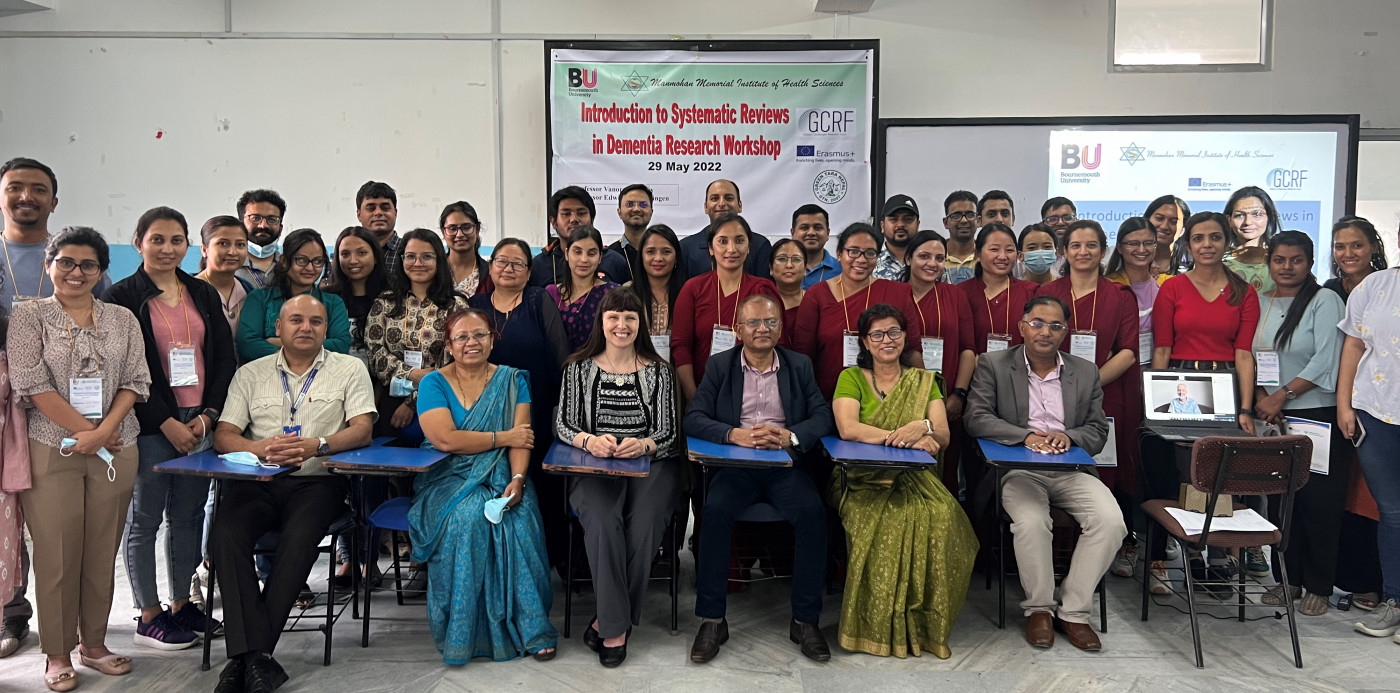
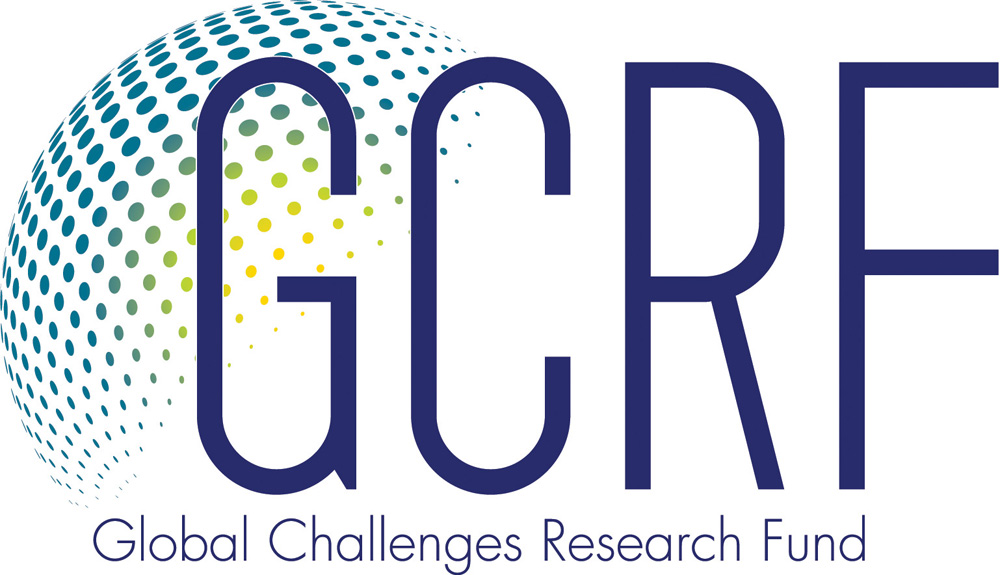
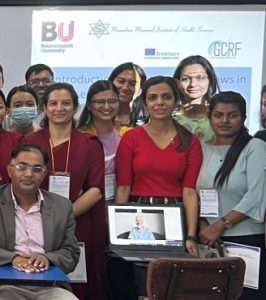
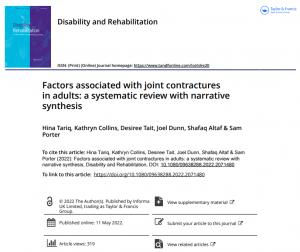

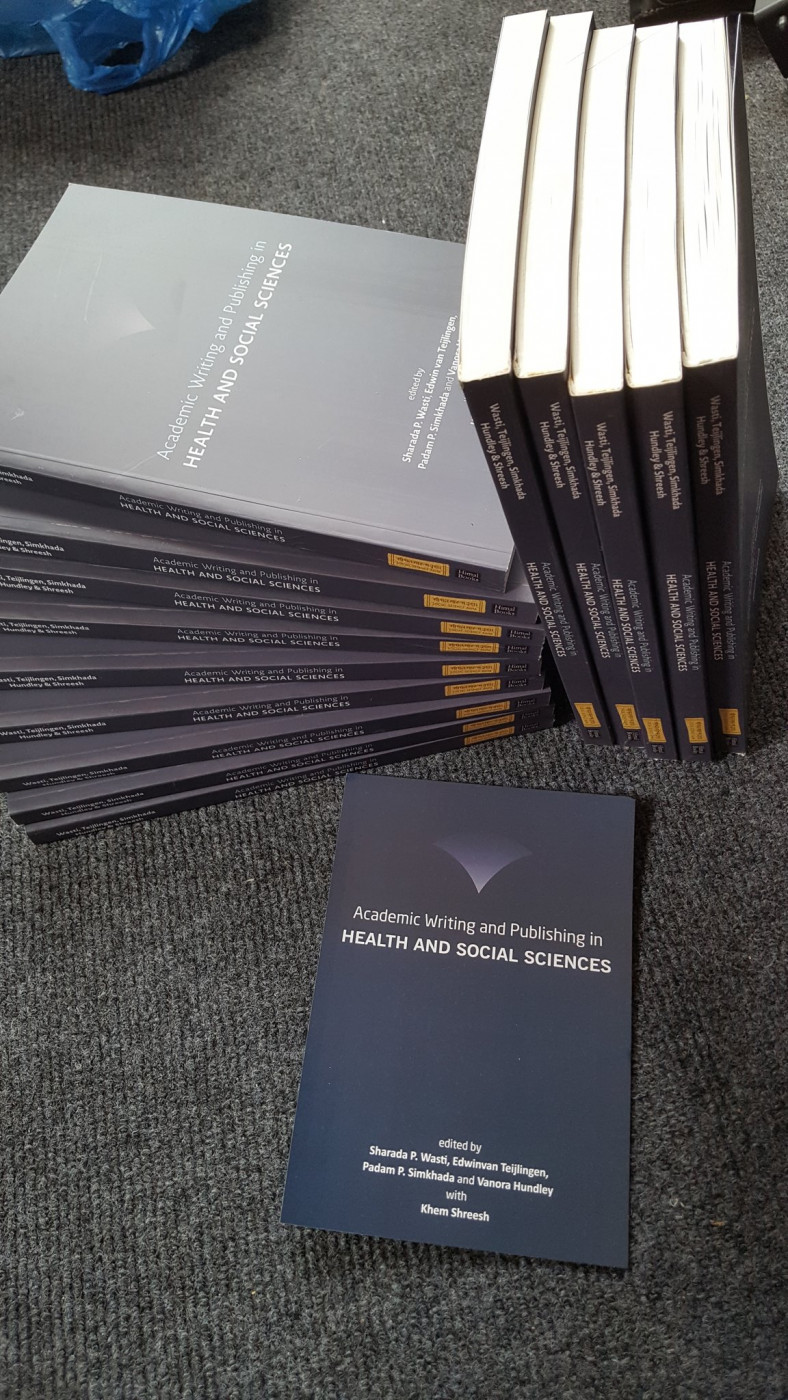
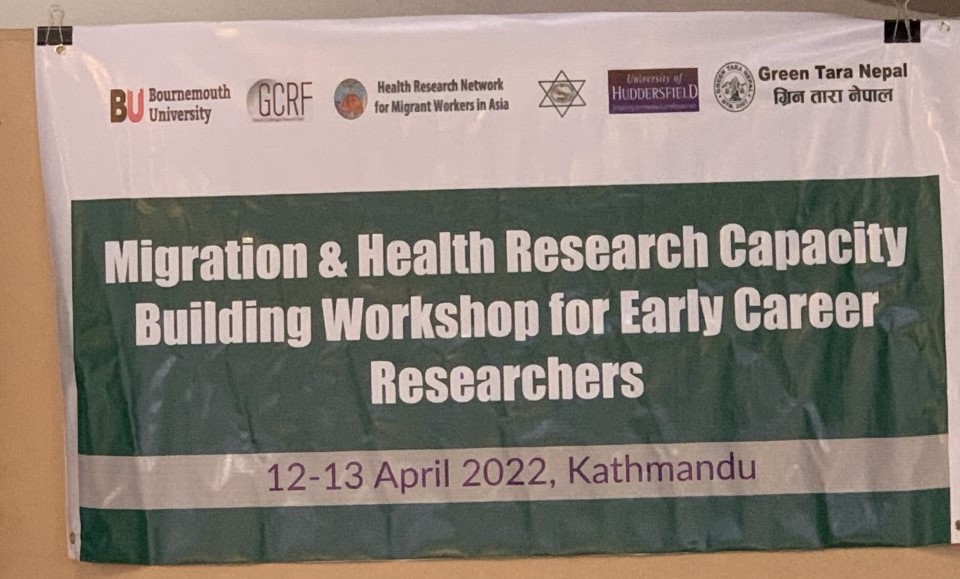
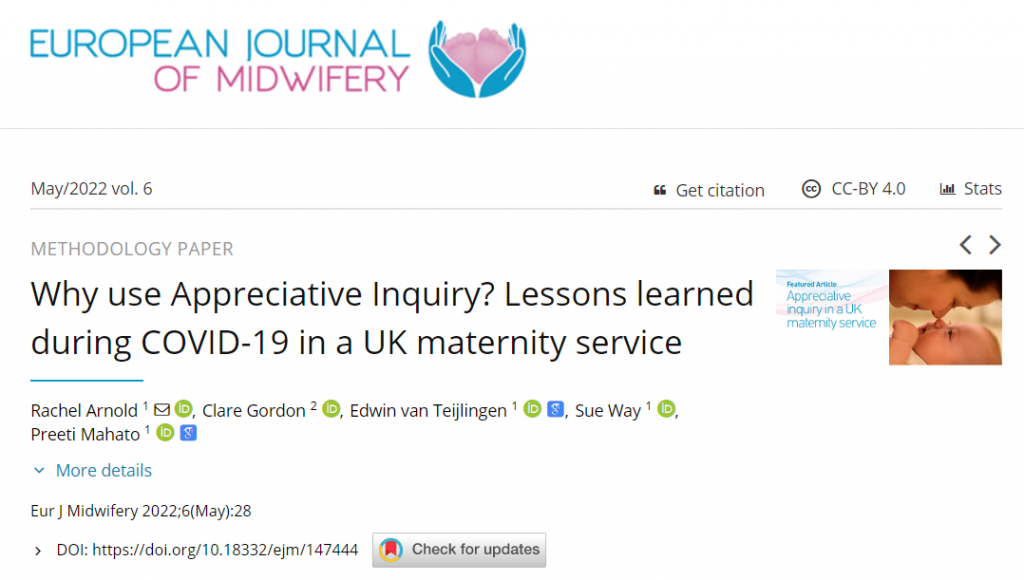



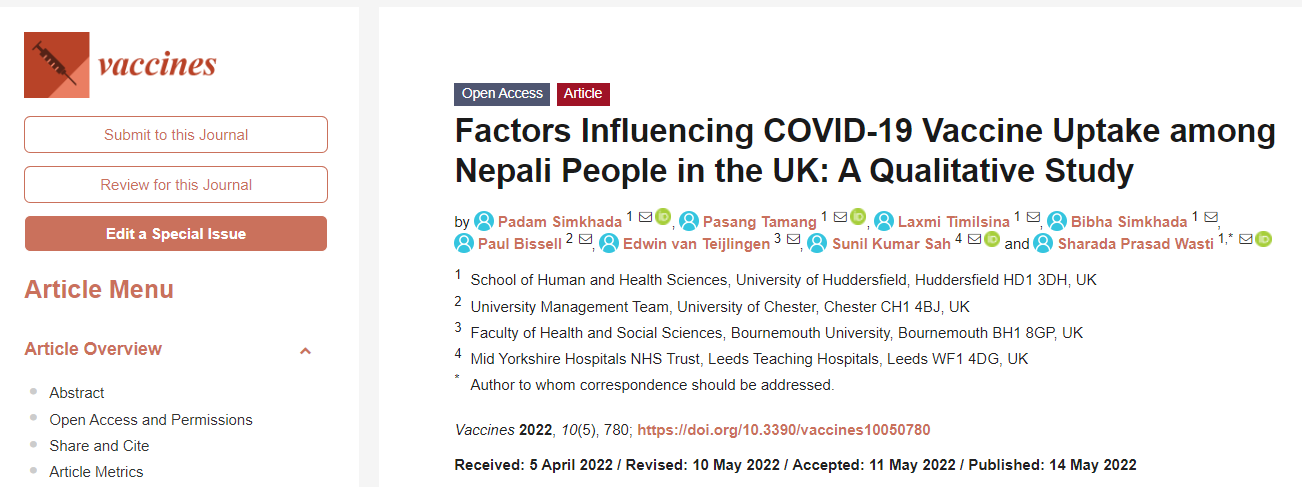
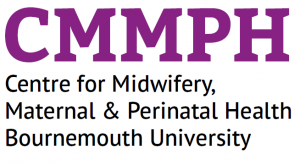

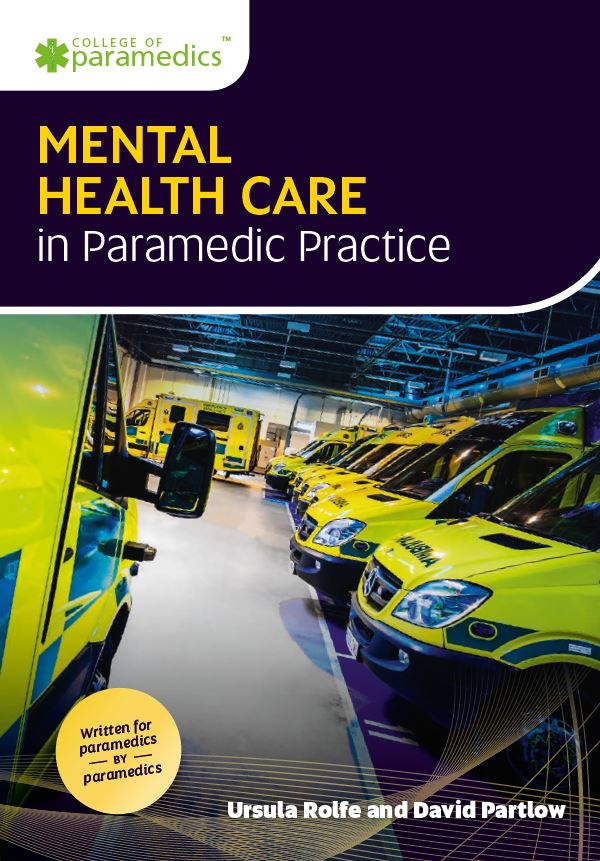
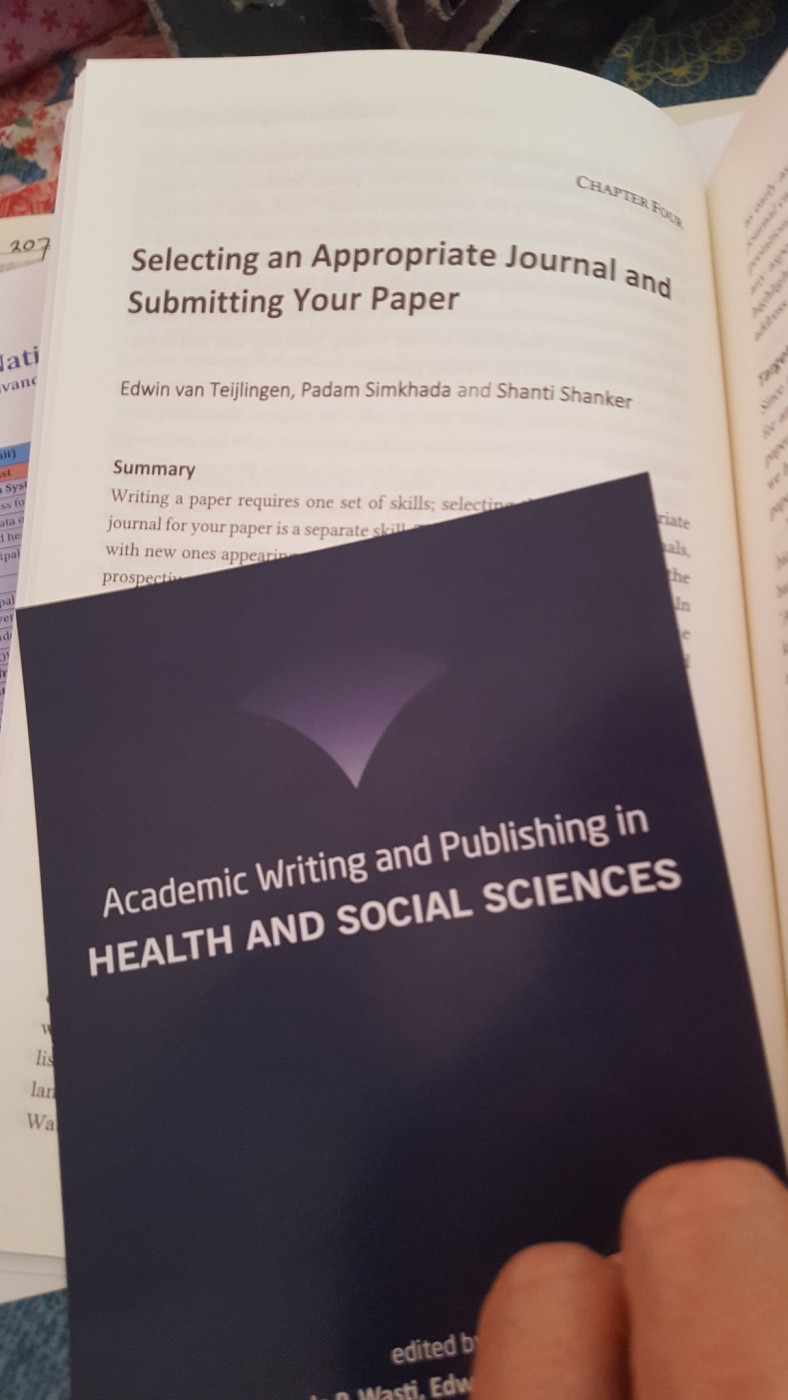

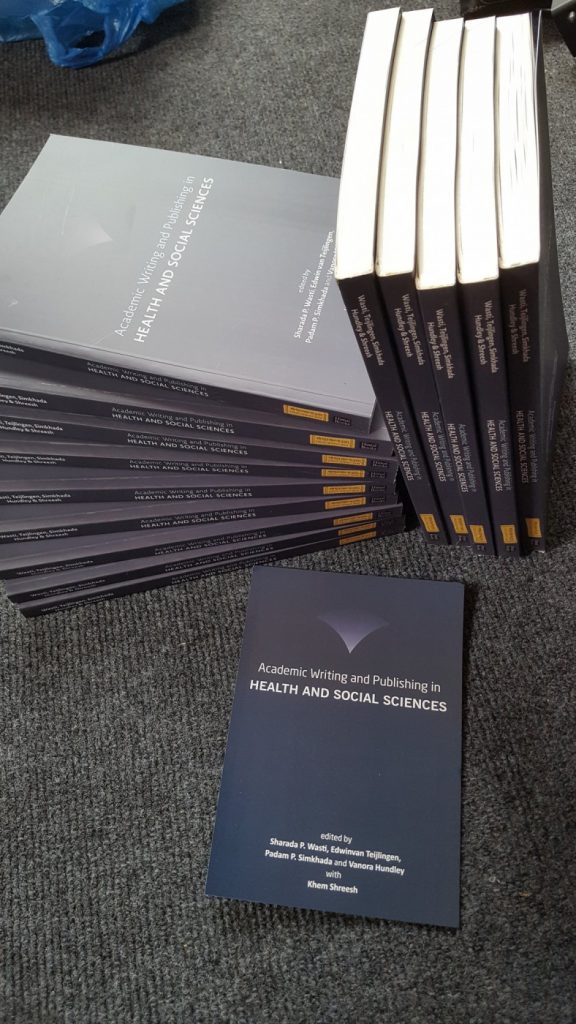
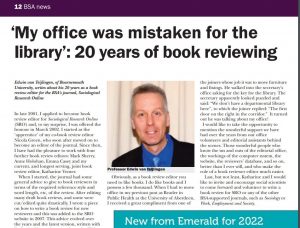
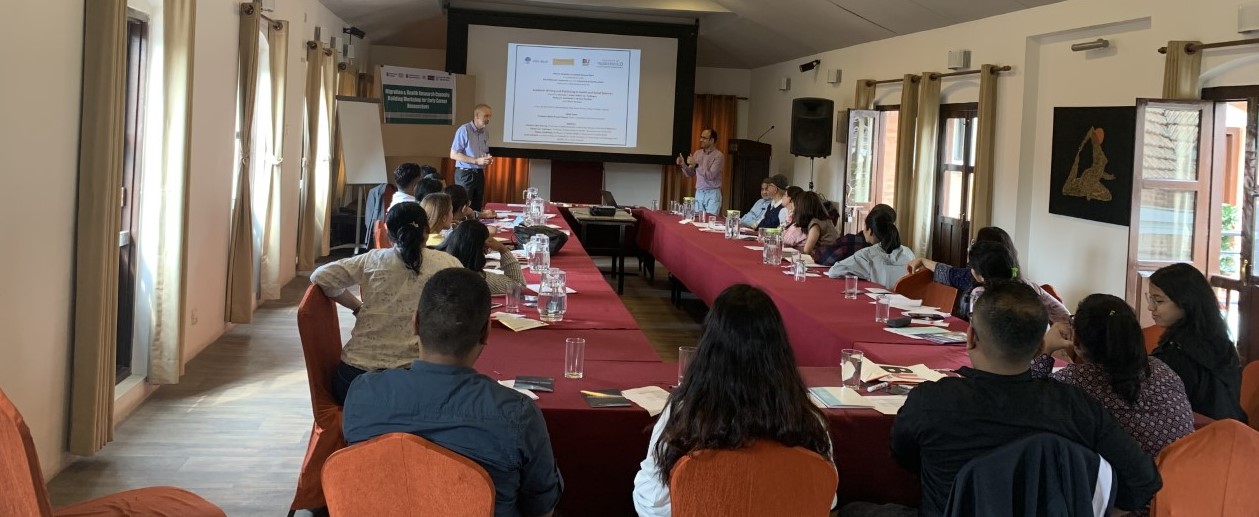
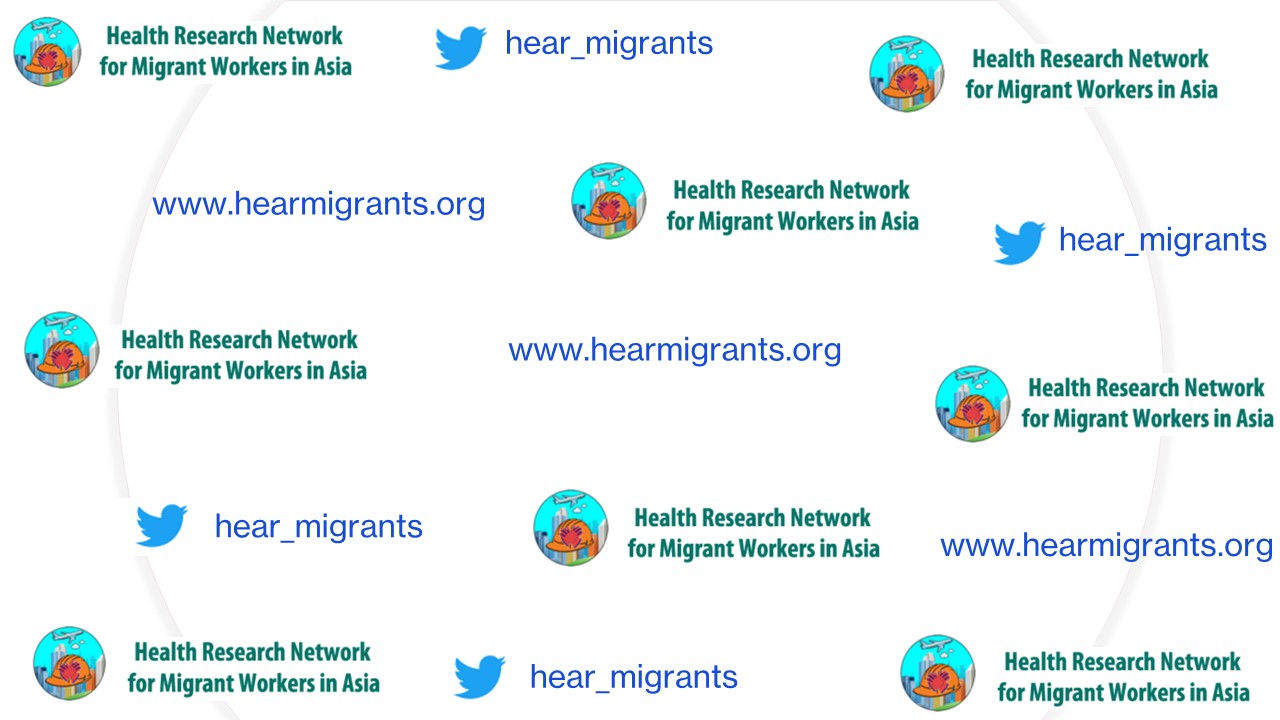
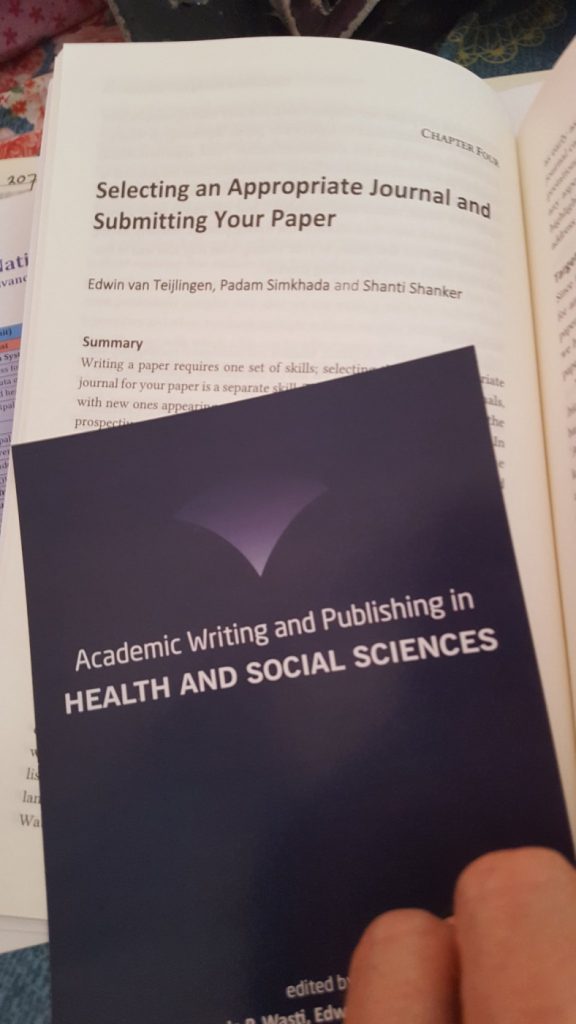
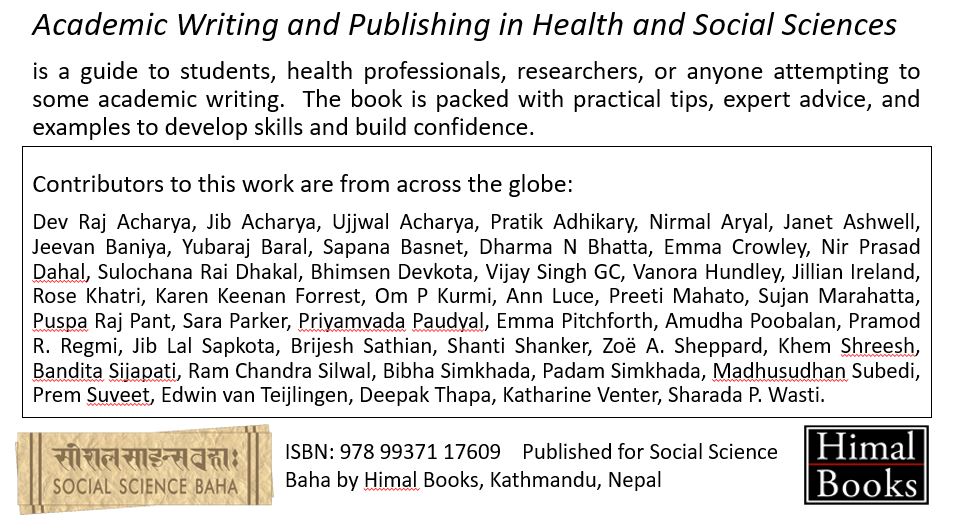
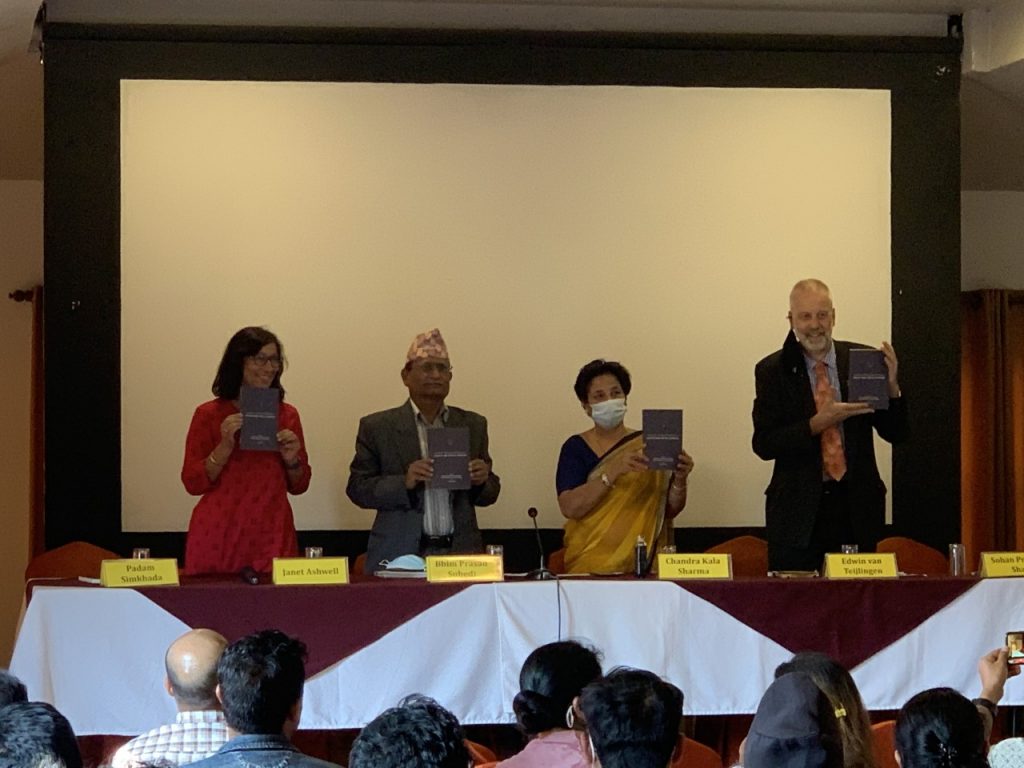
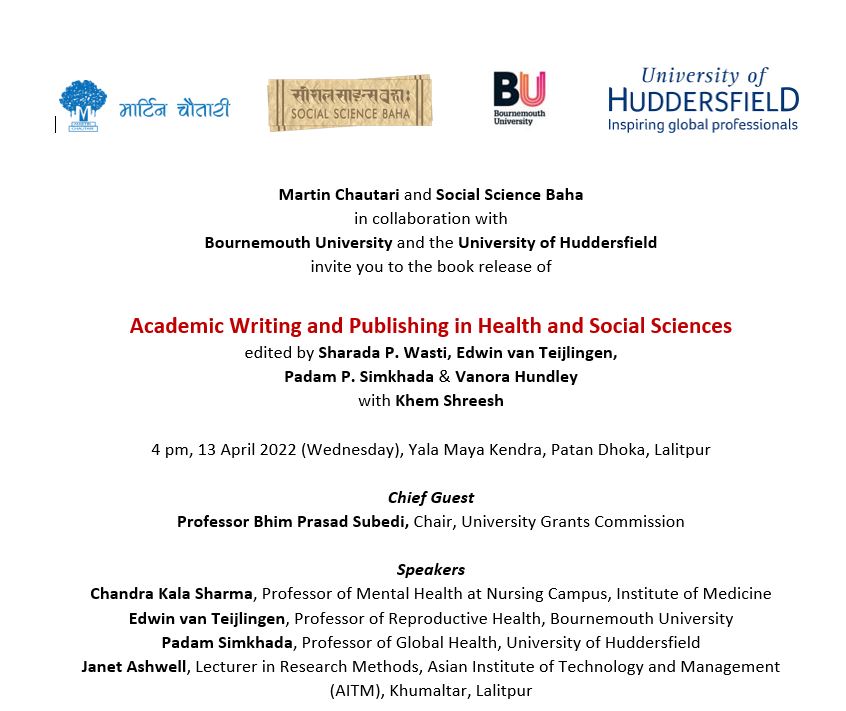

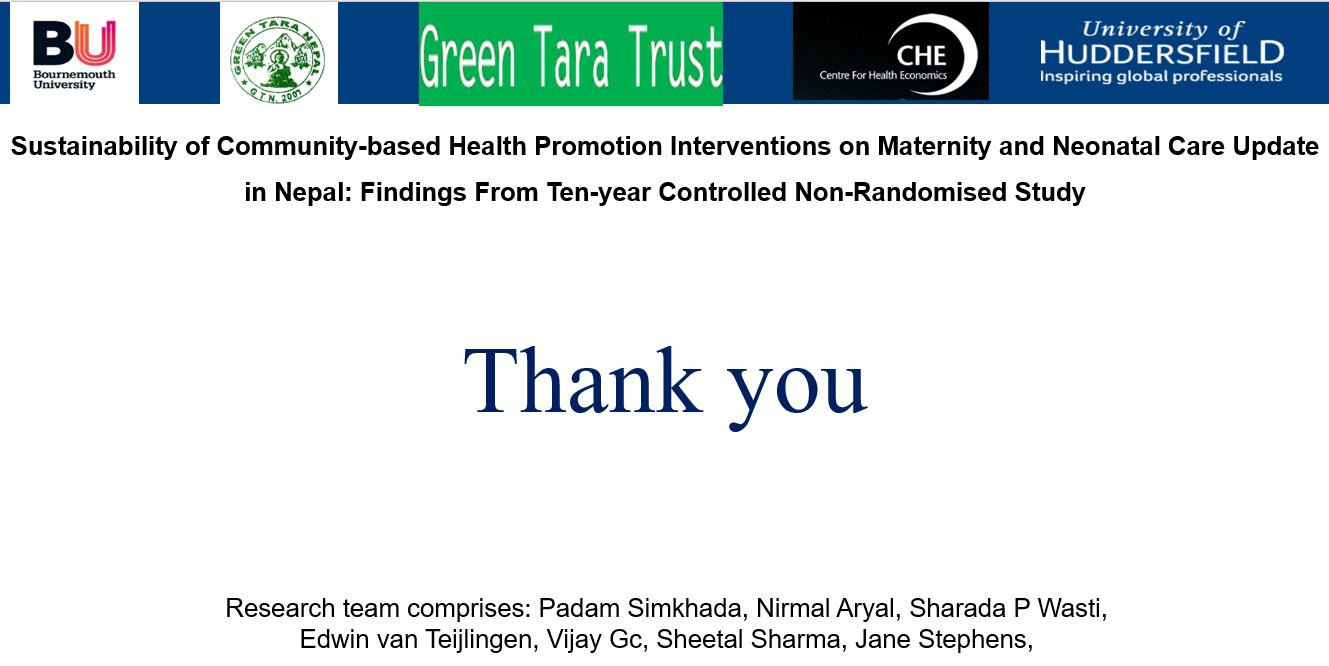
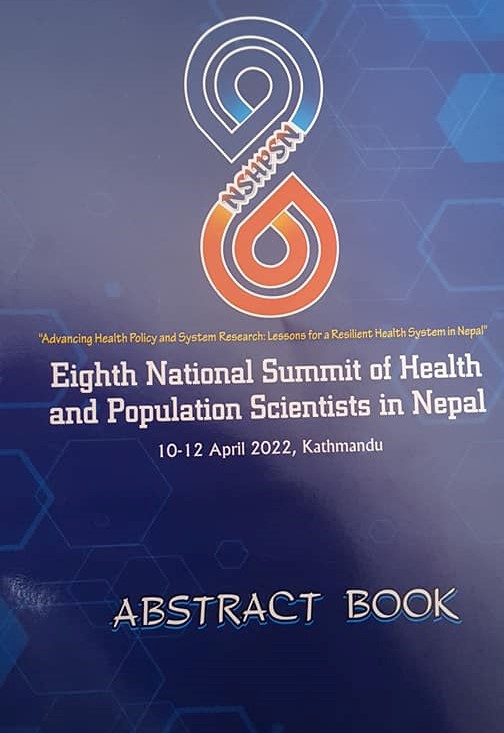
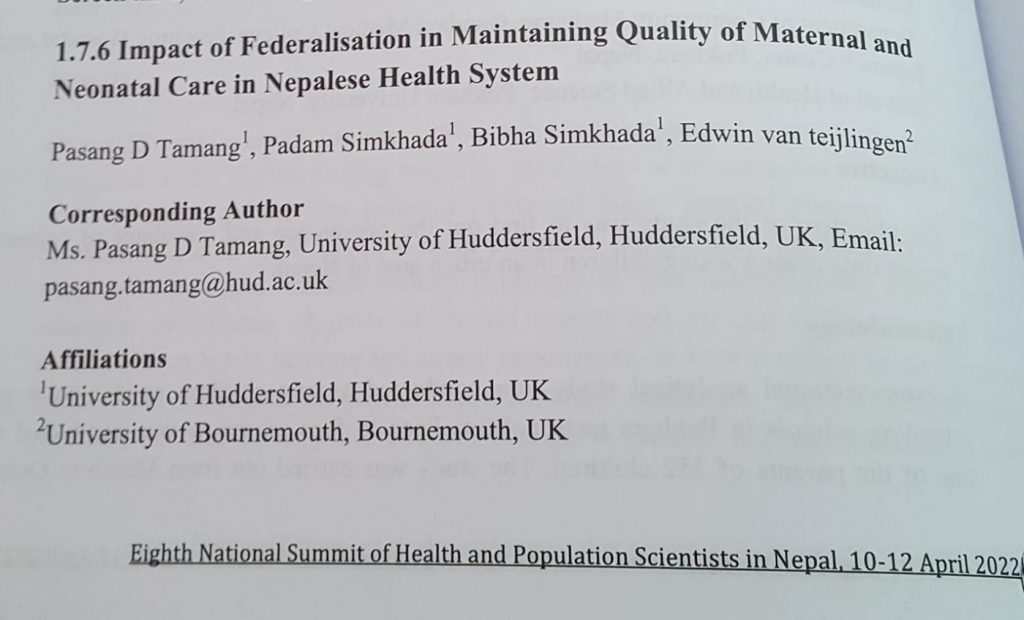
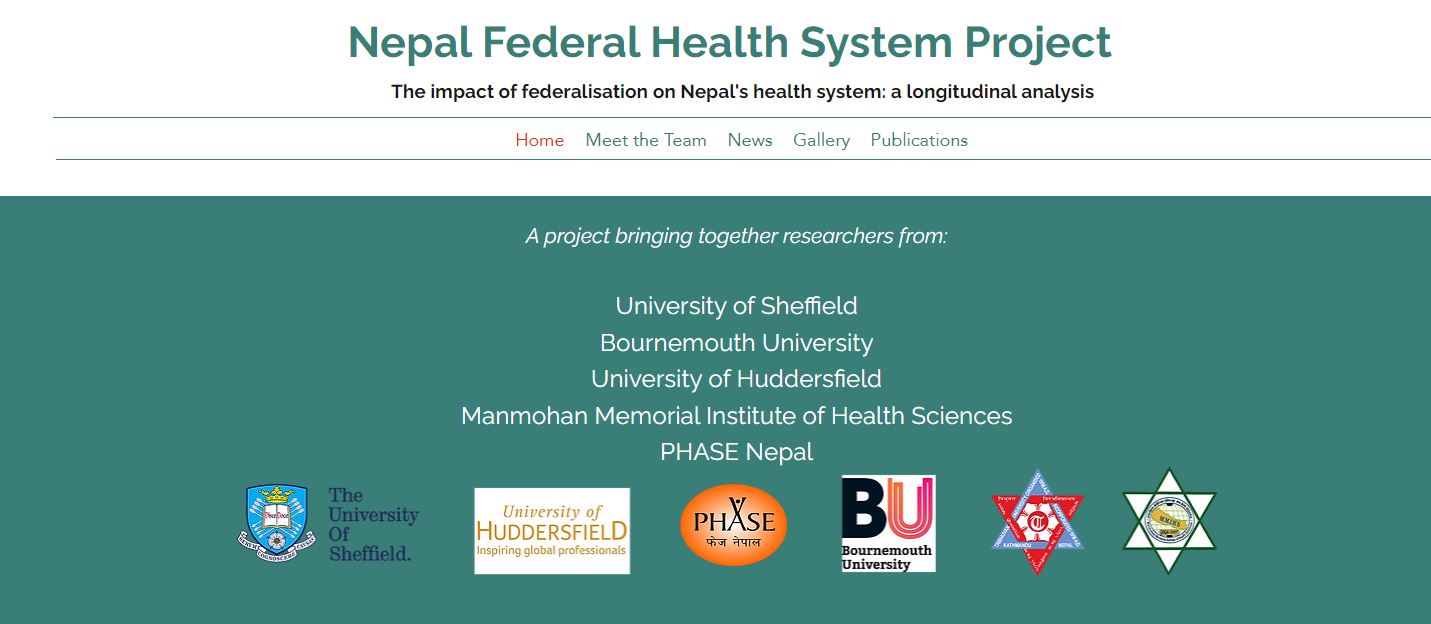

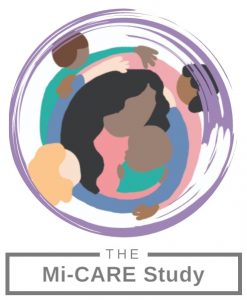
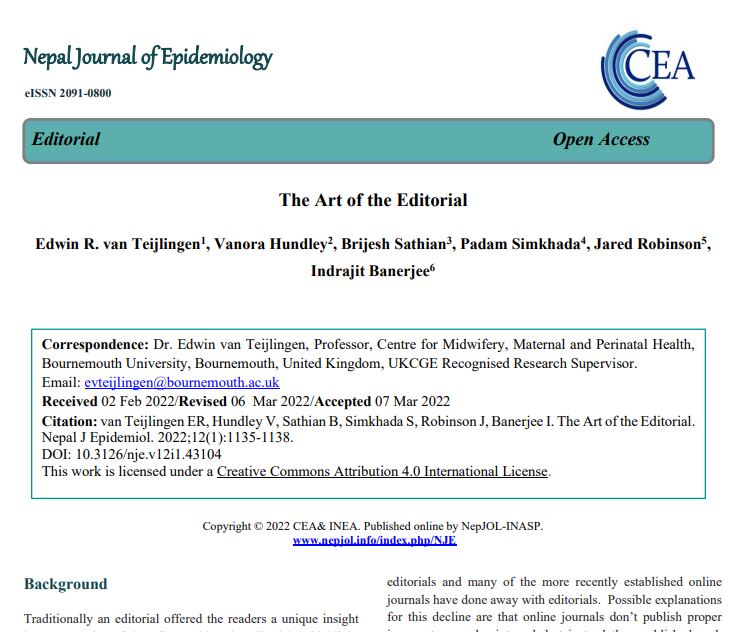












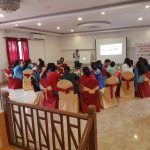 BU academic publishes in online newspaper in Nepal
BU academic publishes in online newspaper in Nepal Final day of the ESRC Festival of Social Science
Final day of the ESRC Festival of Social Science Using Art to enhance Research
Using Art to enhance Research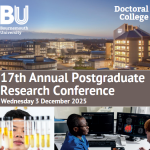 Register now to attend the 17th Annual Postgraduate Research Conference – Wednesday 3 December 2025
Register now to attend the 17th Annual Postgraduate Research Conference – Wednesday 3 December 2025 ECR Funding Open Call: Research Culture & Community Grant – Application Deadline Friday 12 December
ECR Funding Open Call: Research Culture & Community Grant – Application Deadline Friday 12 December MSCA Postdoctoral Fellowships 2025 Call
MSCA Postdoctoral Fellowships 2025 Call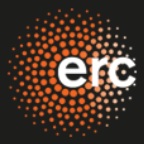 ERC Advanced Grant 2025 Webinar
ERC Advanced Grant 2025 Webinar Horizon Europe Work Programme 2025 Published
Horizon Europe Work Programme 2025 Published Horizon Europe 2025 Work Programme pre-Published
Horizon Europe 2025 Work Programme pre-Published Update on UKRO services
Update on UKRO services European research project exploring use of ‘virtual twins’ to better manage metabolic associated fatty liver disease
European research project exploring use of ‘virtual twins’ to better manage metabolic associated fatty liver disease